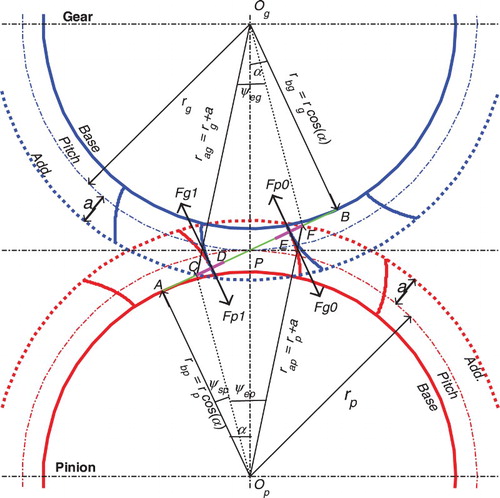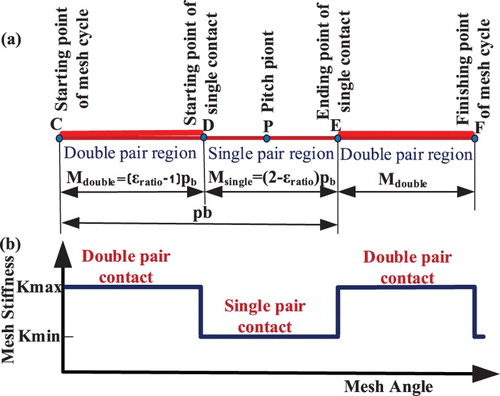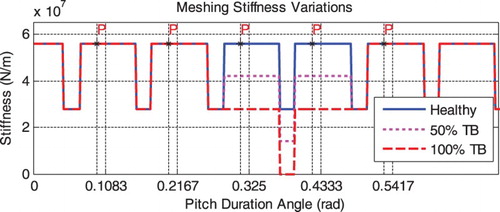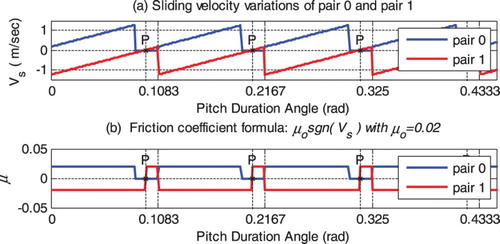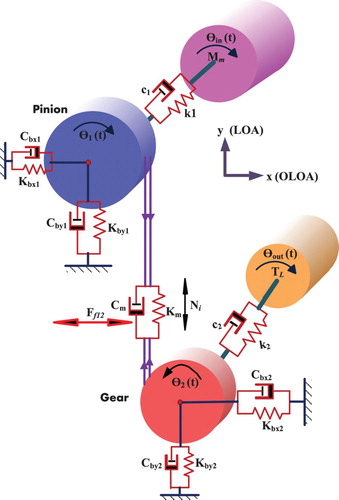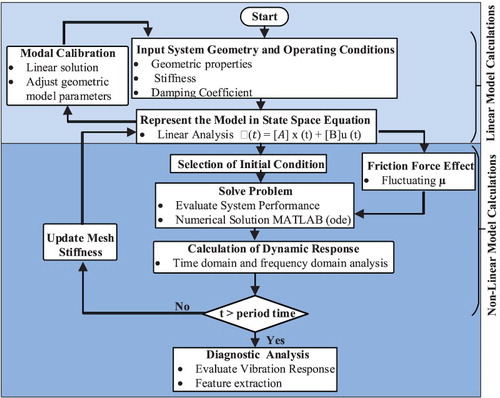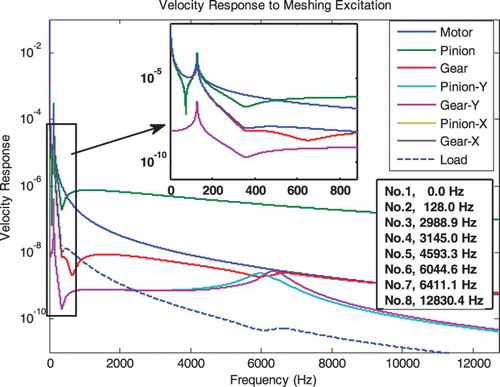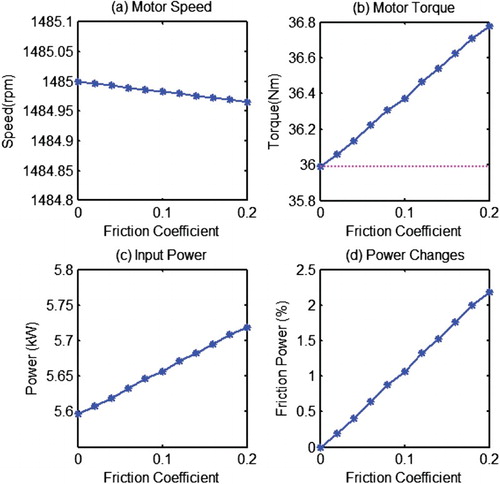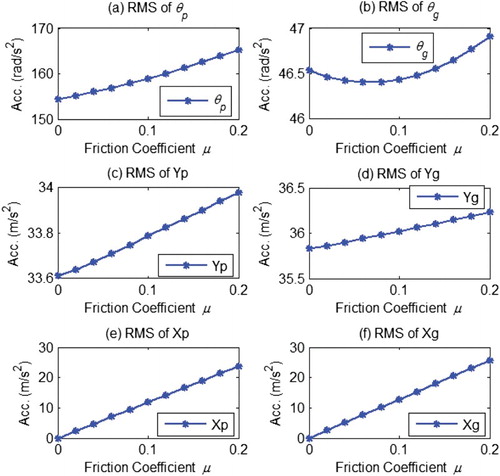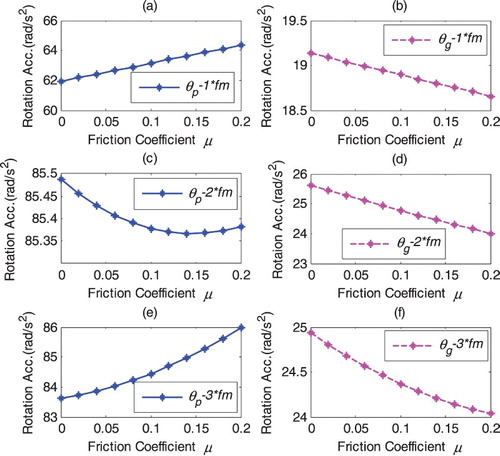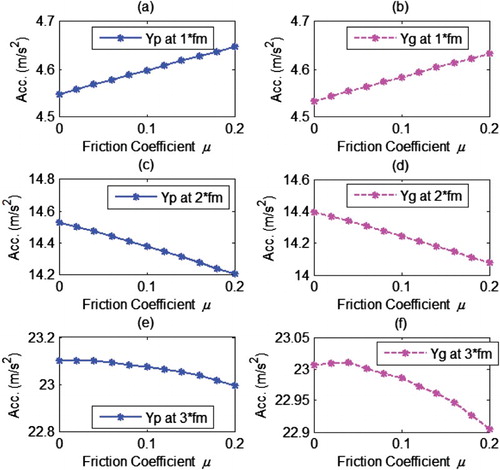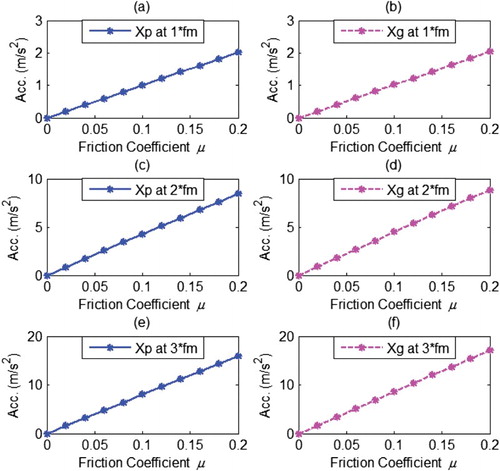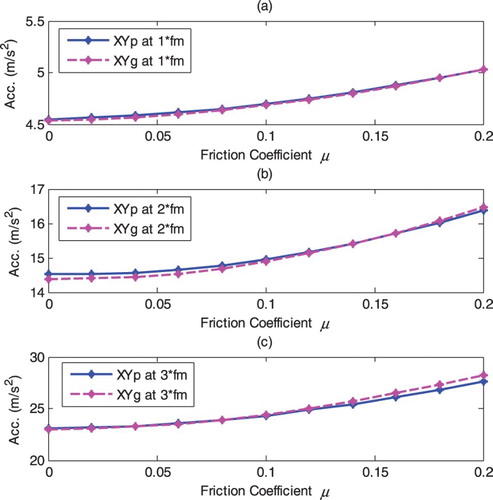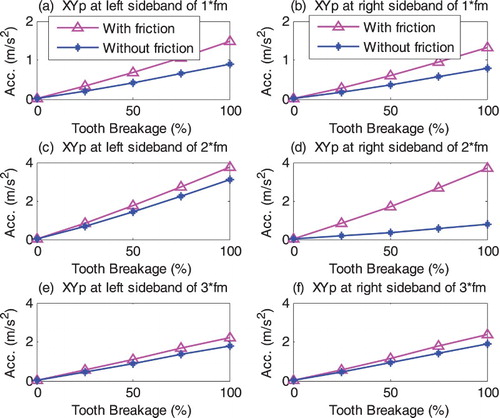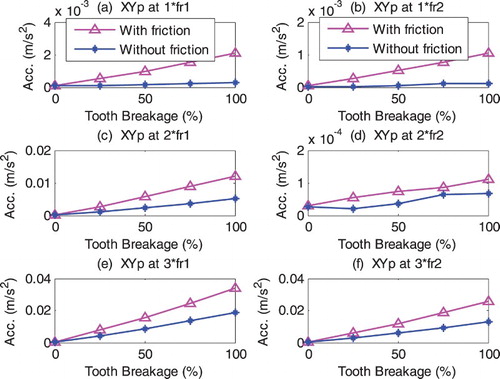Open access
2,943
Views
10
CrossRef citations to date
0
Altmetric
Original Articles
Frictional effects on the dynamic responses of gear systems and the diagnostics of tooth breakages
Khaldoon F. BretheeCentre for Efficiency and Performance Engineering, University of Huddersfield, HuddersfieldUK;Engineering College, University of Anbar, Ramadi, IraqCorrespondence[email protected]
[email protected]
View further author information
, [email protected]
View further author information
Fengshou GuCentre for Efficiency and Performance Engineering, University of Huddersfield, HuddersfieldUKView further author information
& Andrew D. BallCentre for Efficiency and Performance Engineering, University of Huddersfield, HuddersfieldUKView further author information
Pages 270-284
|
Received 27 Jan 2016, Accepted 23 Sep 2016, Published online: 11 Oct 2016
Related research
People also read lists articles that other readers of this article have read.
Recommended articles lists articles that we recommend and is powered by our AI driven recommendation engine.
Cited by lists all citing articles based on Crossref citations.
Articles with the Crossref icon will open in a new tab.

